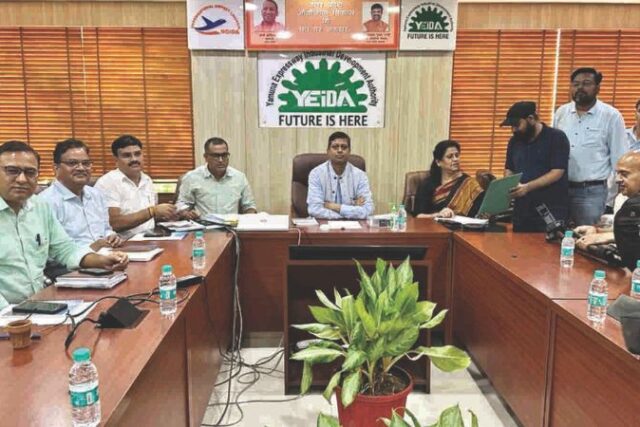
India is gearing up for a major transformation in highway toll collection by introducing a GNSS-based toll system (Global Navigation Satellite System) starting May 1, 2025. This new satellite-based tolling mechanism is poised to revolutionize the way toll is charged across national highways and expressways, aiming to eliminate physical toll booths and enhance efficiency.

What is GNSS Toll System in India?
The GNSS toll system uses satellite technology to track vehicle movement and calculate toll charges based on the actual distance traveled. Unlike the existing FASTag system, where vehicles are charged a fixed amount at toll plazas, this new system ensures a more accurate and fair toll collection. Vehicles will be fitted with Onboard Units (OBUs) that connect to satellites and automatically deduct the correct toll from a linked digital wallet.
How Will the GNSS Toll System Work?
Many people are asking, “How does the GNSS toll collection system work?” Here’s a breakdown:
- Every vehicle will need to install a GNSS-enabled Onboard Unit (OBU).
- The OBU uses satellite tracking to record how far a vehicle travels on tolled roads.
- Toll is calculated on a pay-per-kilometer basis.
- The toll amount is automatically deducted from a digital wallet or account linked to the OBU.
- No need to stop at toll booths, reducing congestion and travel time.
Benefits of GNSS-Based Tolling System in India
The new tolling system is expected to bring several advantages:
- No toll plazas: Physical booths will be phased out, making travel smoother.
- Reduced traffic jams: Vehicles will no longer stop at tolls, saving time and fuel.
- Environment-friendly: Lesser idling leads to lower carbon emissions.
- Distance-based toll: Fairer pricing as you only pay for the kilometers you travel.
- 20 km daily toll-free travel: Local commuters will enjoy free travel for the first 20 km daily on national highways.
GNSS Toll vs FASTag: What’s the Difference?
Many users are searching for “GNSS toll vs FASTag”. Here’s a comparison:
| Feature | FASTag | GNSS Toll System |
|---|---|---|
| Toll Method | Fixed plaza toll | Per km distance-based |
| Technology | RFID (Radio Frequency) | Satellite-based (GNSS) |
| Physical Toll Plaza | Required | Not required |
| Installation | Sticker on windshield | GNSS-enabled OBU device |
| Payment Method | Linked wallet/prepaid tag | Linked digital wallet |
How to Install GNSS OBU Device in Your Vehicle?
If you’re wondering, “How to get GNSS OBU for my car?” — here’s what you need to know:
- GNSS OBUs will be made available at RTOs, authorized service centers, and online portals.
- Installation will be mandatory for commercial and private vehicles using national highways.
- OBUs will come pre-linked with a wallet or payment system for toll deduction.
- The government is expected to provide incentives for early adoption.
Is GNSS Toll System Mandatory in India?
Yes, as per the government’s announcement, the GNSS toll system will be mandatory for all vehicles traveling on national highways starting May 1, 2025. However, there will be a transition period where both FASTag and GNSS may run simultaneously to ease the shift.
GNSS Toll Charges in India: How Much Will You Pay?
A frequently asked question is, “How much will GNSS toll cost in India?” Since it’s a distance-based system, the cost will depend on the number of kilometers you travel on toll roads. Early reports suggest a base rate per kilometer, with daily free travel of 20 km for local use.
Example:
- If the rate is ₹0.65 per km and you travel 60 km in a day, you’ll only pay for 40 km (after 20 km free), i.e., ₹26.
Who is Implementing GNSS Toll Collection in India?
The National Highways Authority of India (NHAI) is spearheading the GNSS toll project in collaboration with ISRO (Indian Space Research Organisation). The system has already undergone successful trials and is ready for a phased rollout across the country.
When Will GNSS Toll System Start in India?
Mark your calendar — the official GNSS toll collection system in India starts on May 1, 2025. This will be a landmark shift in India’s road infrastructure, aiming for improved road experiences, lesser congestion, and smart transport management.
Conclusion: Future of Tolling in India
The satellite-based toll collection in India marks a major milestone toward smarter highways. As India transitions to a cashless, contactless, and more efficient road tolling mechanism, commuters can look forward to seamless highway journeys without toll booth bottlenecks.




No Comments
Please provide portal